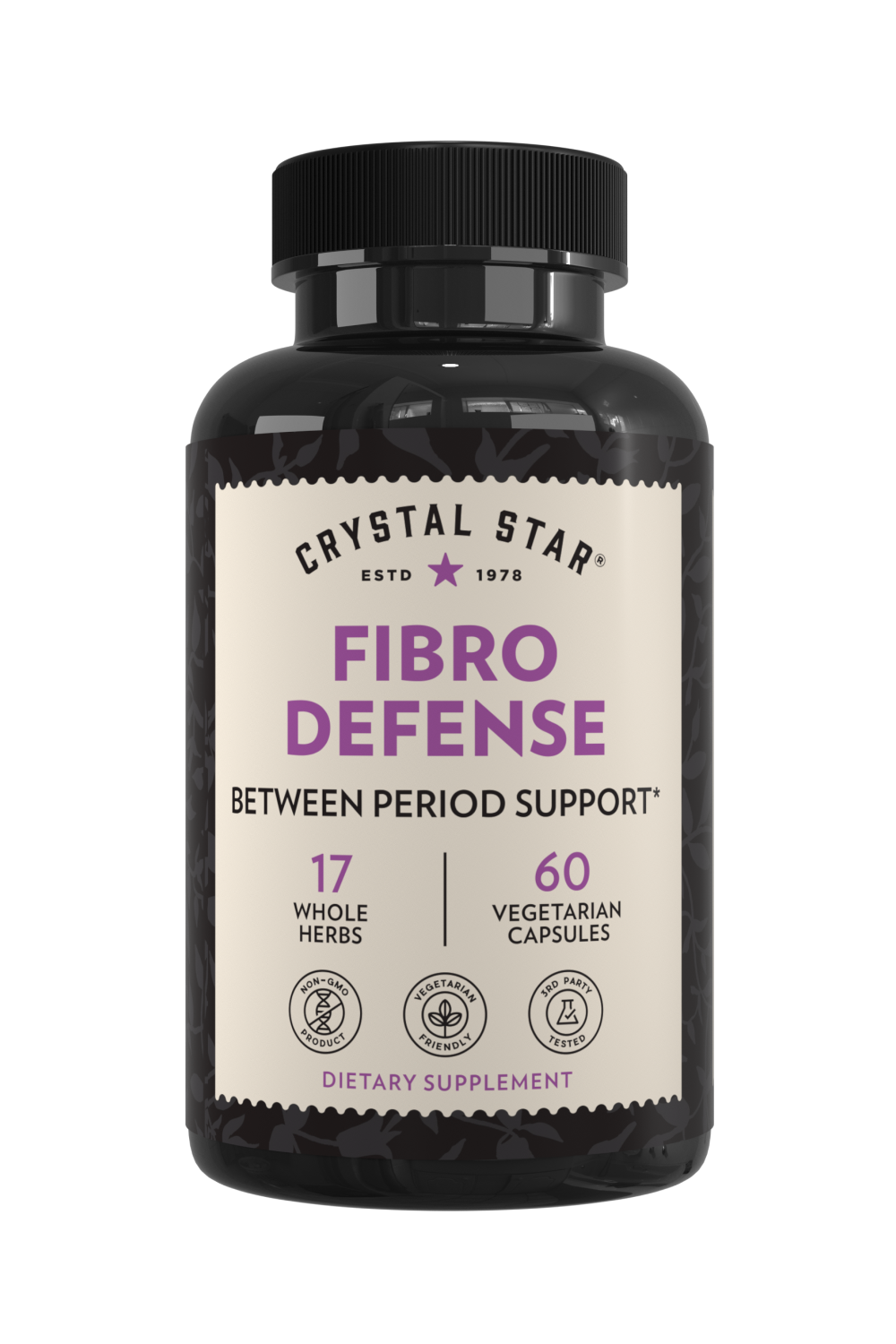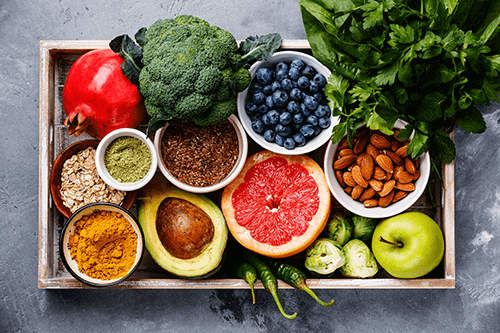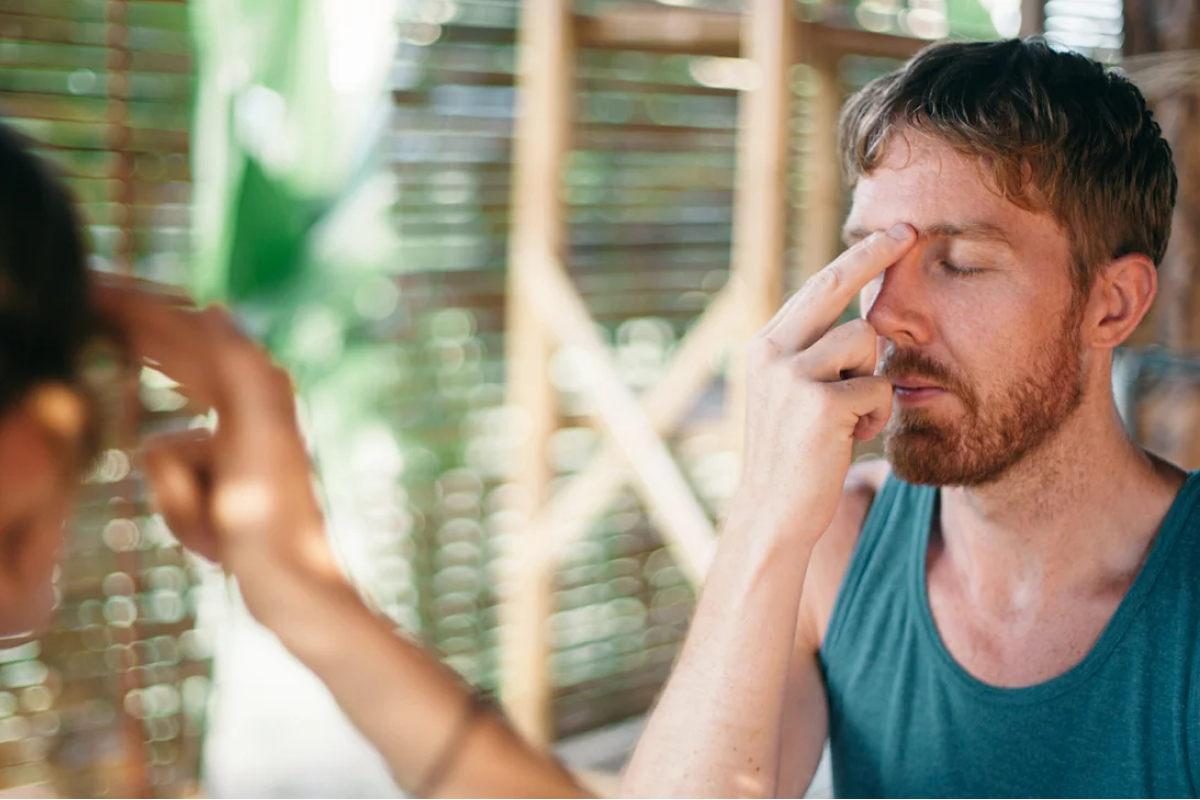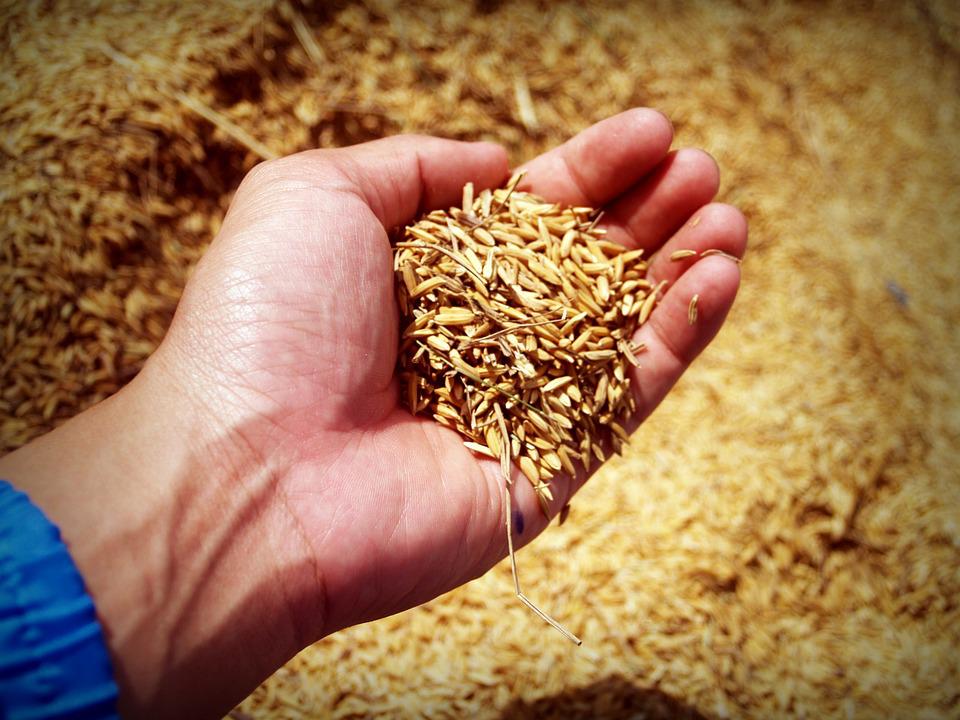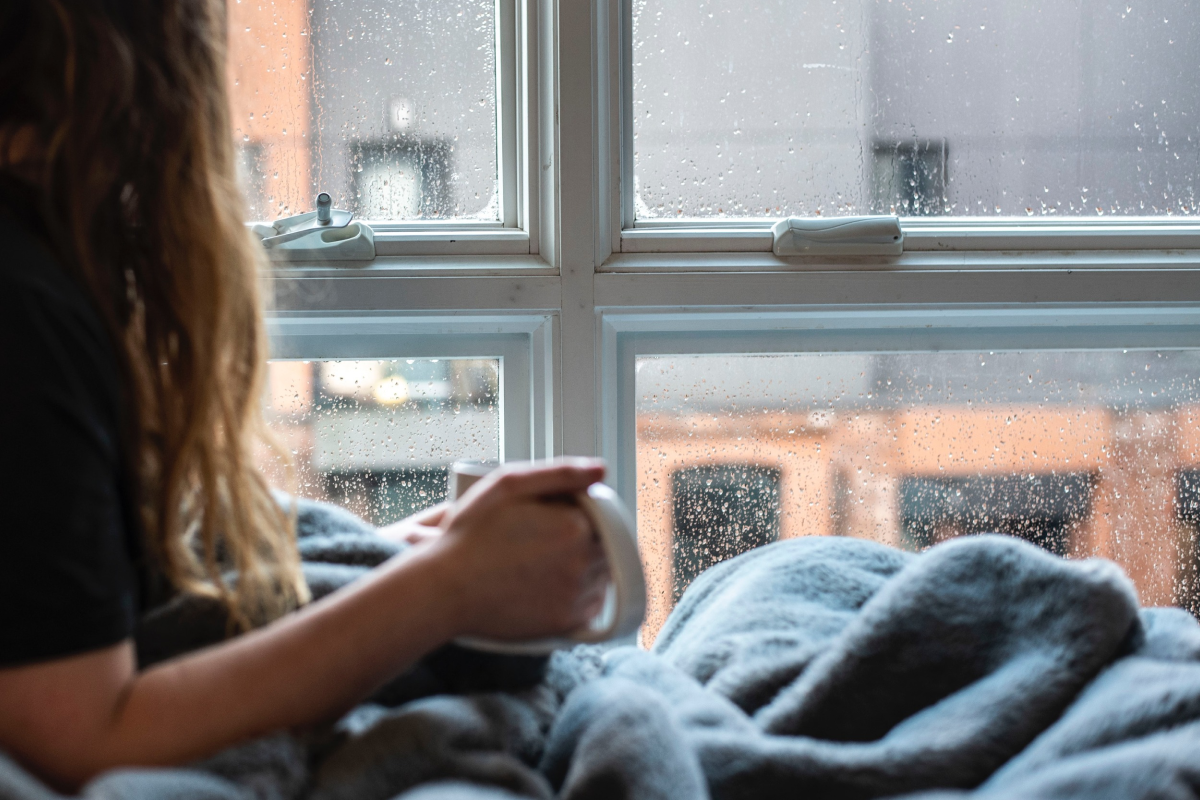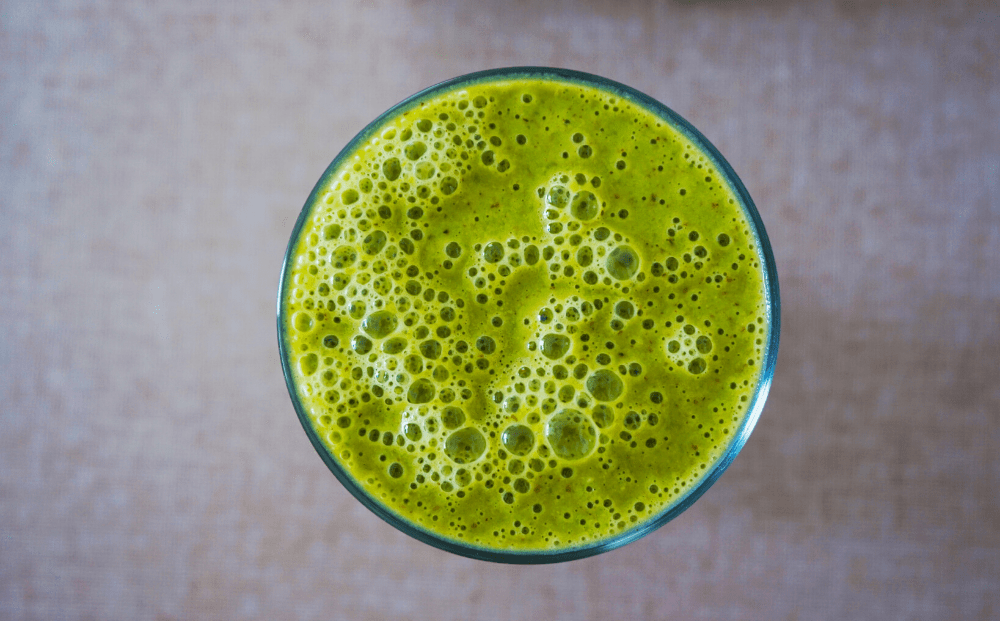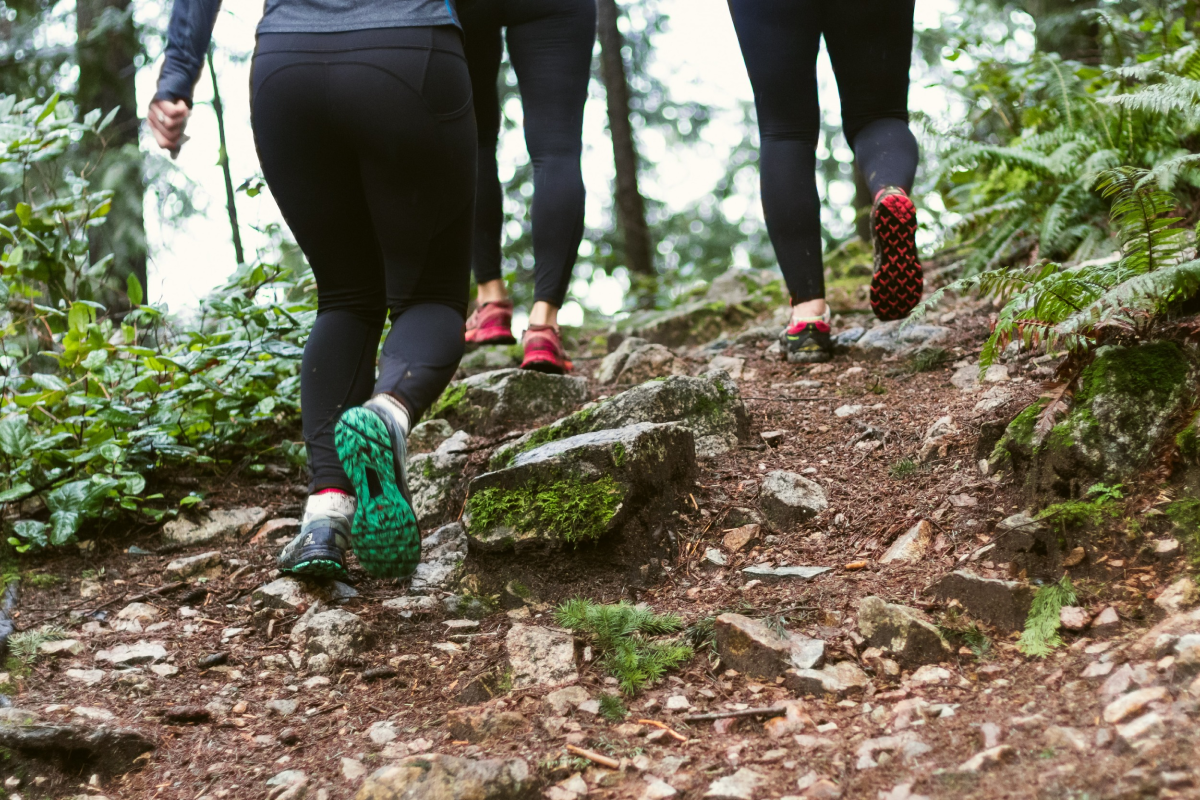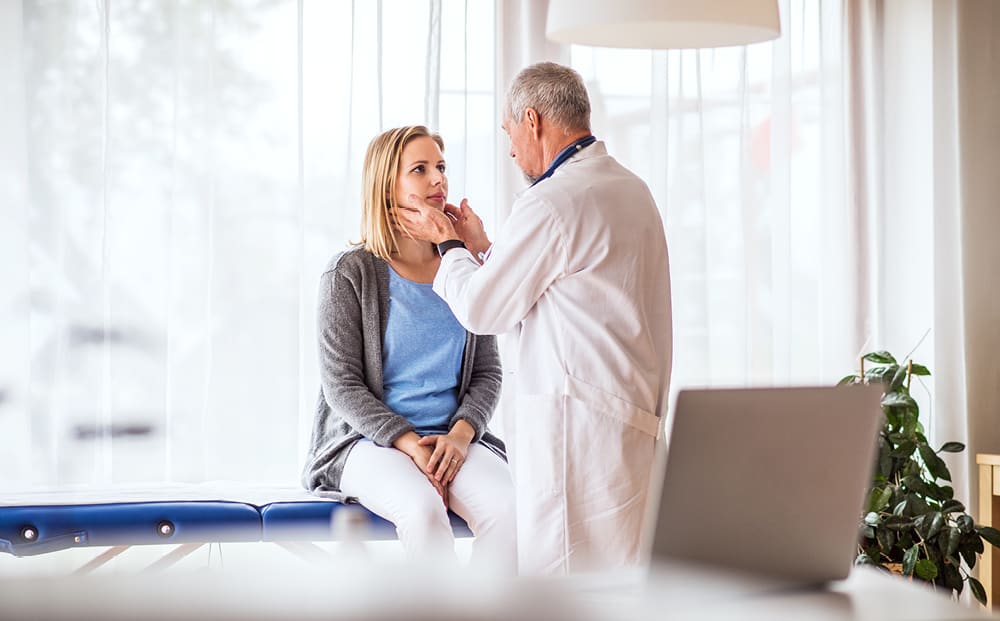
Apr 20, 2020
10 mins read
Your lymph system works hard, here's how (and why) to help it
When it comes to finding optimal health, it’s important to take care of all aspects of your body. That’s because your body’s systems are interconnected by blood and fluid circulation. Now, most people are very aware of the cardiovascular system. But there’s another network of vessels called the “lymph system” that carries fluids around your body. The lymph system is one of the most overlooked, yet important aspects of your body. So in this post, we’re going to talk about the lymph system, why it’s so important, and four things you can do to keep it healthy.
 The lymph system is a network of vessels that carry fluids around the body.[1] It also transports immune cells and nutrients to your tissues. The lymph vessels are similar to your blood vessels.[2] When oxygenated blood flows in through your arteries and out through your veins, some of this fluid leaks out of the capillaries (i.e. your smallest blood vessels.) Now, your red blood cells can’t get past the capillary walls, so once this fluid leaks out of the capillary walls, it’s no longer red. It’s actually a yellowish clear fluid also known as “interstitial fluid.” And this is the fluid that bathes your cells in nutrients, oxygen, and hydration. But instead of returning through your veins, this interstitial fluid flows into the lymph system. Then from there, the fluid re-enters the blood vessels through your venous system.
The lymph system is a network of vessels that carry fluids around the body.[1] It also transports immune cells and nutrients to your tissues. The lymph vessels are similar to your blood vessels.[2] When oxygenated blood flows in through your arteries and out through your veins, some of this fluid leaks out of the capillaries (i.e. your smallest blood vessels.) Now, your red blood cells can’t get past the capillary walls, so once this fluid leaks out of the capillary walls, it’s no longer red. It’s actually a yellowish clear fluid also known as “interstitial fluid.” And this is the fluid that bathes your cells in nutrients, oxygen, and hydration. But instead of returning through your veins, this interstitial fluid flows into the lymph system. Then from there, the fluid re-enters the blood vessels through your venous system.
 So what does the lymph system do? And why is it so important? [socialpug_tweet tweet="Your cells are constantly bathed in lymph fluid which contains nutrients, oxygen, hormones, and even toxins and waste products." display_tweet=""] The first role of the lymph system is to nourish your tissues with hydration and nutrients.[4] It also maintains overall cell health. That’s because most of your cells aren’t fed by blood directly. They are actually fed by interstitial fluid, which then becomes lymph fluid when it flows into the lymph system. So in essence, your cells are constantly bathed in lymph fluid which contains nutrients, oxygen, hormones, and even toxins and waste products. The lymphatic system is also responsible for removing unwanted cells from your body, and protecting your body from infections and cancer.[5] Most of this happens in the lymph nodes where you have specialized immune cells that defend your body against infectious organisms and cancer cells. So as you can see, keeping your lymph system healthy and free flowing keeps your cells well nourished, free of toxins, and your immune system functioning optimally—which are all critical for optimal health.
So what does the lymph system do? And why is it so important? [socialpug_tweet tweet="Your cells are constantly bathed in lymph fluid which contains nutrients, oxygen, hormones, and even toxins and waste products." display_tweet=""] The first role of the lymph system is to nourish your tissues with hydration and nutrients.[4] It also maintains overall cell health. That’s because most of your cells aren’t fed by blood directly. They are actually fed by interstitial fluid, which then becomes lymph fluid when it flows into the lymph system. So in essence, your cells are constantly bathed in lymph fluid which contains nutrients, oxygen, hormones, and even toxins and waste products. The lymphatic system is also responsible for removing unwanted cells from your body, and protecting your body from infections and cancer.[5] Most of this happens in the lymph nodes where you have specialized immune cells that defend your body against infectious organisms and cancer cells. So as you can see, keeping your lymph system healthy and free flowing keeps your cells well nourished, free of toxins, and your immune system functioning optimally—which are all critical for optimal health.
 There are four main approaches to boosting lymph function: :
There are four main approaches to boosting lymph function: :
 There are many different ways to do manual lymphatic drainage. But here’s a simple way to do this on yourself.
There are many different ways to do manual lymphatic drainage. But here’s a simple way to do this on yourself.
Gene Wei is a Doctor of Oriental Medicine, Acupuncture Physician, and Functional Medicine practitioner. He specializes in integrative anticancer protocols, using what he calls an “Aggressive Integrative Approach.” He focuses on advanced and terminal cases where conventional medicine can have the greatest effect when combined with integrative therapies. References: [1] https://ahajournals.org/doi/10.1161/circresaha.115.306544 [2] https://www.ncbi.nlm.nih.gov/pmc/articles/PMC5922450/ [3] https://www.merckmanuals.com/en-pr/home/heart-and-blood-vessel-disorders/lymphatic-disorders/overview-of-the-lymphatic-system [4] https://www.ncbi.nlm.nih.gov/pmc/articles/PMC5922450/ [5] https://www.merckmanuals.com/en-pr/home/heart-and-blood-vessel-disorders/lymphatic-disorders/overview-of-the-lymphatic-system [6] https://www.ncbi.nlm.nih.gov/pmc/articles/PMC5922450/ [7] https://www.ncbi.nlm.nih.gov/books/NBK65853/#CDR0000062799__14 [8] https://ahajournals.org/doi/10.1161/circresaha.115.306544 [9] https://www.ncbi.nlm.nih.gov/pmc/articles/PMC2925033/ [10] https://www.mdanderson.org/publications/focused-on-health/exercise-and-the-lymphatic-system.h20-1592991.html [11] https://www.ncbi.nlm.nih.gov/pubmed/15974632 [12] https://www.ncbi.nlm.nih.gov/pmc/articles/PMC6710923/ [13] https://www.ncbi.nlm.nih.gov/pubmed/15833809 [14] https://www.ncbi.nlm.nih.gov/pmc/articles/PMC2755111/ [15] https://www.ncbi.nlm.nih.gov/pubmed/19394553 [16] https://www.ncbi.nlm.nih.gov/pmc/articles/PMC4966288/ [17] https://www.intechopen.com/books/clinical-physical-therapy/manual-lymphatic-drainage-in-the-treatment-of-chronic-venous-disease [18] https://bmccancer.biomedcentral.com/articles/10.1186/1471-2407-11-94 [19] https://www.intechopen.com/books/clinical-physical-therapy/manual-lymphatic-drainage-in-the-treatment-of-chronic-venous-disease [20] https://www.ncbi.nlm.nih.gov/pubmed/6195489 [21] https://www.ncbi.nlm.nih.gov/pubmed/8721977 [22] https://www.researchgate.net/publication/225090642_Improving_Lymphatic_Drainage_with_Herbal_Preparations_A_Potentially_Novel_Approach_to_Management_of_Lymphedema
What is the lymph system?
 The lymph system is a network of vessels that carry fluids around the body.[1] It also transports immune cells and nutrients to your tissues. The lymph vessels are similar to your blood vessels.[2] When oxygenated blood flows in through your arteries and out through your veins, some of this fluid leaks out of the capillaries (i.e. your smallest blood vessels.) Now, your red blood cells can’t get past the capillary walls, so once this fluid leaks out of the capillary walls, it’s no longer red. It’s actually a yellowish clear fluid also known as “interstitial fluid.” And this is the fluid that bathes your cells in nutrients, oxygen, and hydration. But instead of returning through your veins, this interstitial fluid flows into the lymph system. Then from there, the fluid re-enters the blood vessels through your venous system.
The lymph system is a network of vessels that carry fluids around the body.[1] It also transports immune cells and nutrients to your tissues. The lymph vessels are similar to your blood vessels.[2] When oxygenated blood flows in through your arteries and out through your veins, some of this fluid leaks out of the capillaries (i.e. your smallest blood vessels.) Now, your red blood cells can’t get past the capillary walls, so once this fluid leaks out of the capillary walls, it’s no longer red. It’s actually a yellowish clear fluid also known as “interstitial fluid.” And this is the fluid that bathes your cells in nutrients, oxygen, and hydration. But instead of returning through your veins, this interstitial fluid flows into the lymph system. Then from there, the fluid re-enters the blood vessels through your venous system.
The lymph system has 3 main elements
The lymphatic system is made up of a few important elements.[3]1. Lymphatic vessels
Lymphatic vessels are like blood vessels, except they carry interstitial fluid rather than blood. These lymphatic vessels are smaller than your smallest veins (venules). But, they are bigger than your smallest blood vessels (capillaries.) Most of these lymphatic vessels also have one way valves that keep the lymph fluid flowing toward your heart.2. Lymph fluid
Once the interstitial fluid flows into the lymphatic vessels it becomes “lymph fluid.” This fluid contains proteins, minerals, and other nutrients. It also contains damaged cells, cancer cells, bacteria, viruses, and other foreign particles.3. Lymph nodes
Now, you’ll also find lymph nodes along the lymphatic vessels. These are special glands that filter out things like damaged cells, cancer cells, and unwanted foreigh particles. Lymph nodes are also home to certain immune cells. These immune cells destroy and process damaged cells, cancer cells, bacteria, and viruses.4. Collecting Ducts
Then lastly, you have the collecting ducts. After the lymph fluid circulates in the lymphatic vessels and through the lymph nodes, it then drains into the your venous system via two collecting ducts located under your collar bones.The lymph system is critical for cellular and immune health
 So what does the lymph system do? And why is it so important? [socialpug_tweet tweet="Your cells are constantly bathed in lymph fluid which contains nutrients, oxygen, hormones, and even toxins and waste products." display_tweet=""] The first role of the lymph system is to nourish your tissues with hydration and nutrients.[4] It also maintains overall cell health. That’s because most of your cells aren’t fed by blood directly. They are actually fed by interstitial fluid, which then becomes lymph fluid when it flows into the lymph system. So in essence, your cells are constantly bathed in lymph fluid which contains nutrients, oxygen, hormones, and even toxins and waste products. The lymphatic system is also responsible for removing unwanted cells from your body, and protecting your body from infections and cancer.[5] Most of this happens in the lymph nodes where you have specialized immune cells that defend your body against infectious organisms and cancer cells. So as you can see, keeping your lymph system healthy and free flowing keeps your cells well nourished, free of toxins, and your immune system functioning optimally—which are all critical for optimal health.
So what does the lymph system do? And why is it so important? [socialpug_tweet tweet="Your cells are constantly bathed in lymph fluid which contains nutrients, oxygen, hormones, and even toxins and waste products." display_tweet=""] The first role of the lymph system is to nourish your tissues with hydration and nutrients.[4] It also maintains overall cell health. That’s because most of your cells aren’t fed by blood directly. They are actually fed by interstitial fluid, which then becomes lymph fluid when it flows into the lymph system. So in essence, your cells are constantly bathed in lymph fluid which contains nutrients, oxygen, hormones, and even toxins and waste products. The lymphatic system is also responsible for removing unwanted cells from your body, and protecting your body from infections and cancer.[5] Most of this happens in the lymph nodes where you have specialized immune cells that defend your body against infectious organisms and cancer cells. So as you can see, keeping your lymph system healthy and free flowing keeps your cells well nourished, free of toxins, and your immune system functioning optimally—which are all critical for optimal health.
A dysfunctional lymph system can cause many problems
So what happens when the lymph system isn’t functioning properly? [socialpug_tweet tweet="Researchers have found that lymph system dysfunction can contribute to a wide array of health problems." display_tweet=""] Researchers have found that lymph system dysfunction can contribute to a wide array of health problems. The most common issue is swelling, also known as “edema” or “lymphedema.” This is what happens if the lymph fluid isn’t able to flow freely back into your blood vessels. [6] In some cases, this can be caused by abnormal function of the lymph system.[7] But in other cases, it may be caused by blockages, or damage to the lymph system. This often occurs due to things like surgery, radiation therapy, cancer, injury, or even infection. If you’re lymph system isn’t working properly, you can experience things like:- Swelling of your arms, legs, fingers and toes
- Feeling of tightness in the skin
- Trouble moving a joint due to swelling
- Thickening of the skin
- Itching or burning feeling in the limbs.
How can you boost your lymph system?
 There are four main approaches to boosting lymph function: :
There are four main approaches to boosting lymph function: :
- Exercise
- Deep breathing
- Lymphatic drainage techniques
- Herbal supplements
Exercise speeds up the lymphatic system
Exercise is the most fundamental way to keep your lymph system healthy. That’s because the lymph system partly depends on your muscles to flow properly.[9] [10] [socialpug_tweet tweet="Aerobic exercise can increase your lymph flow by two-to-three times." display_tweet=""] Every time you contract and release a muscle you’re pushing the lymph fluid through the lymphatic vessels. In fact, doing something like aerobic exercise can increase your lymph flow by two-to-three times.[11] For those who aren’t able to do more intense aerobic exercise, a rebounder trampoline is a great option. That’s because when you are rebounding, you’re getting the constant up and down motion that can help promote optimal flow in your lymph system, as well as the muscle contraction in your legs.[12] This is a more gentle technique that you can use if you are limited to very low impact exercises. And for those of you who need even more gentle techniques to support their lymphatic system, you can also use techniques like deep breathing and lymphatic massage. One animal study showed that the muscle contractions involved with breathing supports lymph drainage in the upper body.[13] However, something like deep breathing isn’t likely to support lymphatic drainage from the lower body. So if you’re not able to exercise much, you should also incorporate some type of lymphatic massage technique.Manual lymphatic drainage promotes lymph flow
Lymphatic massage is something that you can do on yourself. And one of the most well studied type of lymphatic massage therapy is called “manual lymphatic drainage.” And though more study is needed, researchers found that manual lymphatic drainage can help promote good lymph flow, even in cases of injury causing lymphatic blockage.[14] Manual lymphatic drainage has also been shown to benefit women with lymphedema caused by breast cancer treatments. In situations like this, compression bandaging is often used to alleviate the symptoms of lymphedema. It does this by putting pressure on the area of swelling to increase lymph fluid flow through the vessels.[15] But researchers found that combining compression bandaging with manual lymphatic drainage created even better results.[16]How do you do manual lymphatic drainage?
 There are many different ways to do manual lymphatic drainage. But here’s a simple way to do this on yourself.
There are many different ways to do manual lymphatic drainage. But here’s a simple way to do this on yourself.
Breathing preparation
Start by lying down on the ground on a thick cushion like a yoga mat or thick blanket. If you have more limited mobility, you can also lie down on a bed or sofa. Then start taking deep rhythmic breaths in through your nose, and out from your mouth. Put your hands on your stomach and make sure that your breaths cause your stomach to expand. This way you know that you’re breathing deeply.Manual lymph drainage
Once you are fully relaxed, you can start with the manual drainage techniques. First you’ll be using techniques on areas of your body that have the most lymph nodes and ducts. Then you can use these techniques all over your body.Step 1
Use your index and middle finger to lightly massage the area above your collarbone. Use your fingers and gently slide across the skin toward the middle of your collarbone. The goal is to use gentle pressure—just enough to stretch the skin and release.Step 2
Place your hands around your neck below your ears. Gently rub downward and toward the spine. Again, the goal is to use gentle pressure, just enough to stretch the skin and release. Make sure to do this on the sides of your neck, as well as the back of your neck.Step 3
To drain the lymph nodes under your arms, use your hands to cup your armpit area. Then stretch upwards with the same gentle pressure that you used before and release.Step 4
Place both hands behind your knees. Your fingers should be pointing toward each other. Then gently stretch in an upward motion and release. https://www.youtube.com/watch?v=aU_os8ApUH0&t=307s https://www.youtube.com/watch?v=qmebH1lc4qU Once you finish this, try repeating this type of gentle massage over other areas of your body.Tips to remember:
- Use very gentle pressure
- Rub or stretch the skin toward the center of your body, or up toward your armpits, or up toward your collar bones.
Who shouldn't do manual lymphatic drainage?
It’s also important to know when you SHOULDN’T do something like manual lymphatic drainage. You shouldn’t be using this type of technique if you have any of these issues:[17] [18]- erysipelas (bacterial skin infection)
- infection or inflammation of the lymphatic systemic
- radiodermatitis
- deep vein thrombosis
- uncontrolled high blood pressure
- severe heart failure
- severe kidney impairment
- liver cirrhosis with ascites (abdominal fluid)
- tuberculosis
- malaria
Certain herbs may also support lymph function
Beyond the above techniques, there are also some herbs that may help to support healthy lymph flow. This is especially the case for people who are suffering from issues like lymphedema. In one animal study, a cream containing the herb calendula showed potential to support normal lymph function in animals with experimental lymphedema.[20] This included edema caused by burns, acute lymphedema, and chemically-induced edema. In another study, researchers tested the herb butcher’s broom, along with a bioflavonoid (plant compound) from citrus fruit. These researchers compared this combination against a placebo, testing 57 women suffering from lymphedema caused by breast cancer treatment. [socialpug_tweet tweet="Herbs like calendula, butcher’s broom, and horse chestnut may help to support healthy lymph flow." display_tweet=""] Ultimately, researchers found that the women who took this combination had significantly less swelling than those who took a placebo drug.[21] Lastly, researchers in France tested a combination of butcher’s broom with another herb called horse chestnut. They wanted to see if this combination could potentially help women with lymphedema caused by breast cancer treatments. In order to investigate this, these researchers actually tested this herb combination on 15 healthy volunteers who did not have lymphedema. Even in these healthy volunteers, this combination of herbs sped up their lymphatic drainage.[22] So especially for those who have issues like lymphedema, herbs like calendula, butcher’s broom, and horse chestnut may help to support healthy lymph flow.Help your lymph system for optimal health
So as you now know, the lymph system is such an important aspect of your overall health. The lymph system nourishes your cells, carries waste products and toxins out of the body, and protects you from infections and cancer. So make sure to include things like regular exercise, deep breathing, lymphatic massage, and lymph supporting herbs to keep it healthy and flowing.Gene Wei is a Doctor of Oriental Medicine, Acupuncture Physician, and Functional Medicine practitioner. He specializes in integrative anticancer protocols, using what he calls an “Aggressive Integrative Approach.” He focuses on advanced and terminal cases where conventional medicine can have the greatest effect when combined with integrative therapies. References: [1] https://ahajournals.org/doi/10.1161/circresaha.115.306544 [2] https://www.ncbi.nlm.nih.gov/pmc/articles/PMC5922450/ [3] https://www.merckmanuals.com/en-pr/home/heart-and-blood-vessel-disorders/lymphatic-disorders/overview-of-the-lymphatic-system [4] https://www.ncbi.nlm.nih.gov/pmc/articles/PMC5922450/ [5] https://www.merckmanuals.com/en-pr/home/heart-and-blood-vessel-disorders/lymphatic-disorders/overview-of-the-lymphatic-system [6] https://www.ncbi.nlm.nih.gov/pmc/articles/PMC5922450/ [7] https://www.ncbi.nlm.nih.gov/books/NBK65853/#CDR0000062799__14 [8] https://ahajournals.org/doi/10.1161/circresaha.115.306544 [9] https://www.ncbi.nlm.nih.gov/pmc/articles/PMC2925033/ [10] https://www.mdanderson.org/publications/focused-on-health/exercise-and-the-lymphatic-system.h20-1592991.html [11] https://www.ncbi.nlm.nih.gov/pubmed/15974632 [12] https://www.ncbi.nlm.nih.gov/pmc/articles/PMC6710923/ [13] https://www.ncbi.nlm.nih.gov/pubmed/15833809 [14] https://www.ncbi.nlm.nih.gov/pmc/articles/PMC2755111/ [15] https://www.ncbi.nlm.nih.gov/pubmed/19394553 [16] https://www.ncbi.nlm.nih.gov/pmc/articles/PMC4966288/ [17] https://www.intechopen.com/books/clinical-physical-therapy/manual-lymphatic-drainage-in-the-treatment-of-chronic-venous-disease [18] https://bmccancer.biomedcentral.com/articles/10.1186/1471-2407-11-94 [19] https://www.intechopen.com/books/clinical-physical-therapy/manual-lymphatic-drainage-in-the-treatment-of-chronic-venous-disease [20] https://www.ncbi.nlm.nih.gov/pubmed/6195489 [21] https://www.ncbi.nlm.nih.gov/pubmed/8721977 [22] https://www.researchgate.net/publication/225090642_Improving_Lymphatic_Drainage_with_Herbal_Preparations_A_Potentially_Novel_Approach_to_Management_of_Lymphedema


